Guatemala is an important producer of papaya, which it mainly exports to North America. As a matter of fact, very few of the country's producers export to Europe, as the long transit times by sea affect the maturity of the fruits and transport by air is too expensive. Hence, this exotic fruit is less well known in the European market. However, according to Thomas Dieke, the commercial director of the Anisa G & P company, that could change in the future.
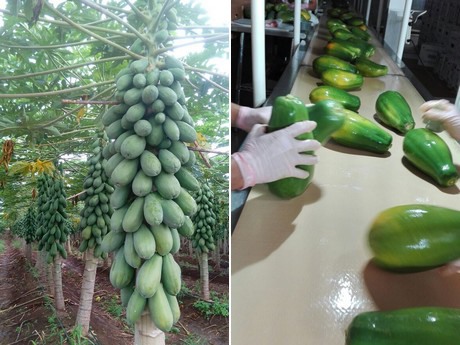
Anisa, which was founded in 2011 with a handful of hectares, currently produces papayas throughout the whole year in more than 200 hectares. "We have irrigation systems and everything necessary to produce all year," he said.
Dieke is very optimistic about the current season. "There are new trees that will go into production, so we expect an increase in volume. We are optimistic about production times, volume and quality. For now, we see no problems on the horizon, but you never know," he said.
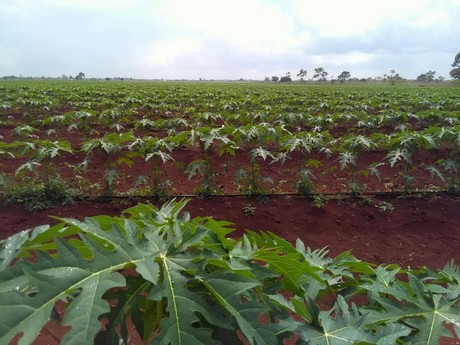
No fruit fly
The Guatemalan company exports its papayas to the United States and Canada, although it also allocates a part to the domestic market. Anisa is one of the few companies that can export to the United States because it grows its papayas in the only region in Guatemala that isn't affected by the fruit fly, which offers them a competitive advantage. "We export by boat because, despite having the option to export by air, logistics costs are too high."
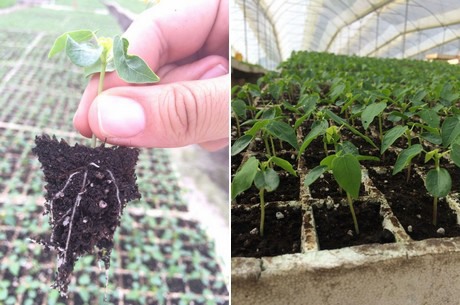
In fact, since Miami, Florida is so close, Guatemala sends more than 80% of all its papaya exports to this destination. In addition, the United States has a large market for papaya, so Anisa hardly competes with other producing countries, such as Mexico, which produces a different variety, or Brazil, which prefers to export its fruit to the European market because it is further away from the United States.
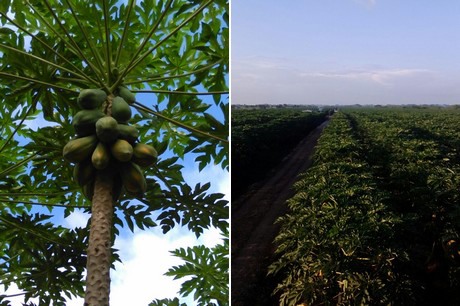
It's hard to export to Europe
Despite the logistical problems, the producer would like to export to Europe in the future, which is why he is already negotiating with several importers. "The biggest problem we have finding a solution to the logistics is how do we preserve the papaya's quality on long trips or reduce costs if we send them by air. It will be difficult to enter that market, but we already have the necessary certifications and we are carrying out test exports. I think we can do it," Dieke says optimistically.
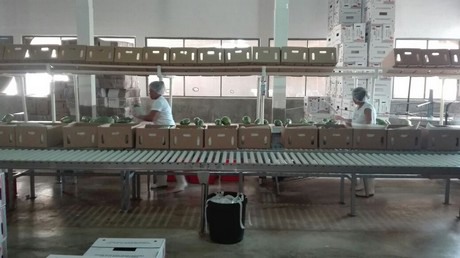
If the tests go well and the company starts shipping commercial volumes to Europe, Dieke would like to promote the papaya there because, even though Spain produces a small volume, it is generally a very little known fruit that is considered exotic in the European continent and Guatemalan producers want to change that.
More information:
Thomas Dieke
Anisa G&P
Guatemala
Correo e.: [email protected]










